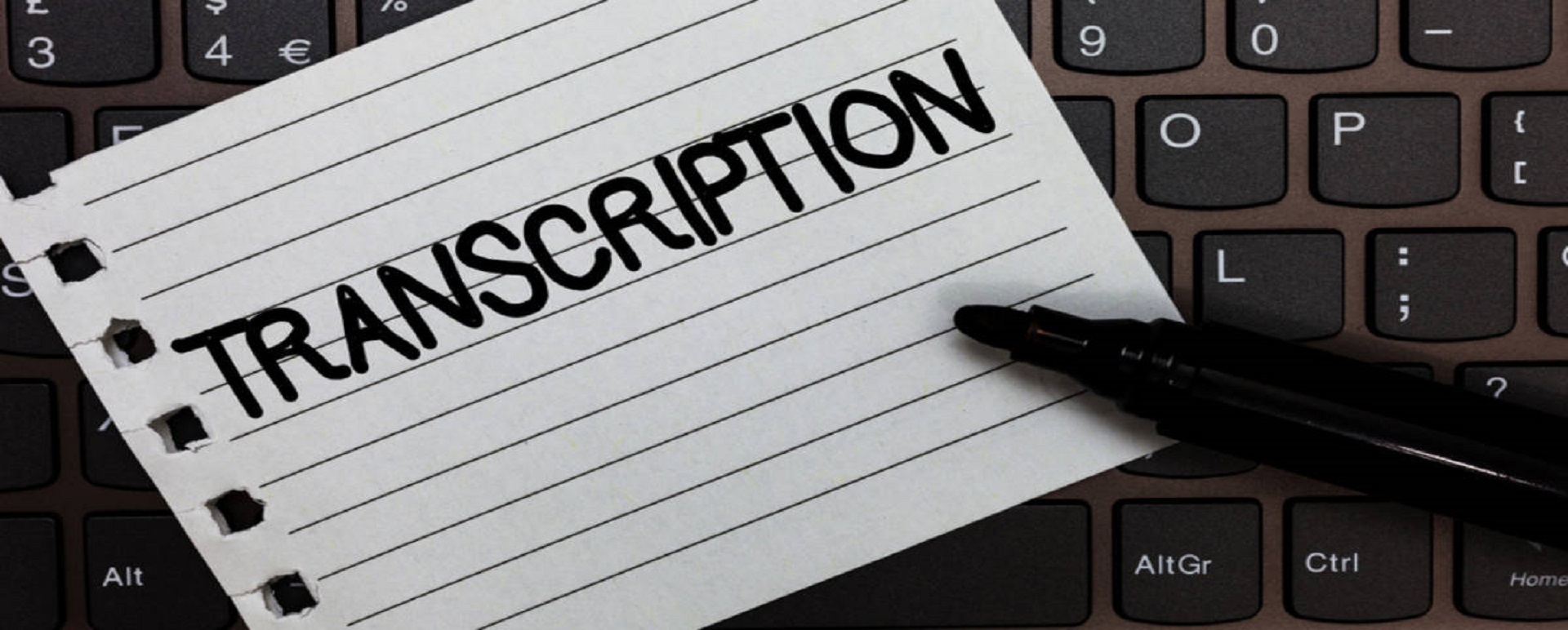Human transcription services play a crucial role across various industries by converting spoken content into written form. However, different types of transcription cater to specific needs. In this blog, we will explore the various types of transcription services available and how they can benefit you.
1. Strict Verbatim Transcription
What It Is:
Strict verbatim transcription captures every word, sound, filler, and non-verbal expression exactly as spoken. This includes pauses, false starts, slang, and background noises.
Who Needs It:
- Legal proceedings (court hearings, depositions, police interviews)
- Market research (focus groups, interviews)
- Entertainment industry (subtitling and scripts)
Benefits:
- Provides the most accurate and complete record of a conversation
- Essential for legal and research purposes where every word matters
2. Intelligent Verbatim Transcription
What It Is:
Intelligent verbatim transcription removes unnecessary words, fillers, and repetitions while maintaining the meaning and intent of the conversation.
Who Needs It:
- Business meetings and conferences
- Podcasts and webinars
- Lectures and academic research
Benefits:
- Easier to read and understand
- Maintains clarity without unnecessary distractions
3. Summary of Verbatim Transcription
What It Is:
Summary transcription condenses the key points from a verbatim transcript into a shorter, more concise document.
Who Needs It:
- Business professionals (meeting minutes, reports)
- Authors and content creators (interview summaries for books, blogs, and articles)
- Medical professionals (patient notes, research summaries)
Benefits:
- Provides a quick overview of conversations
- Saves time for readers while retaining essential information
4. AI Correction Transcription
What It Is:
AI correction transcription involves using artificial intelligence to generate an initial transcript, which is then reviewed and corrected by human transcribers for accuracy.
Who Needs It:
- Companies using automated transcription software
- Content creators needing quick and cost-effective transcripts
- Industries requiring high accuracy with faster turnaround times
Benefits:
- Faster transcription process
- Cost-effective while maintaining human-level accuracy
Conclusion
Choosing the right and secure transcription service depends on your specific needs. Whether you require precise strict verbatim transcripts, concise summary transcriptions, or AI-corrected documents, professional transcription services can streamline your workflow and improve accessibility.


